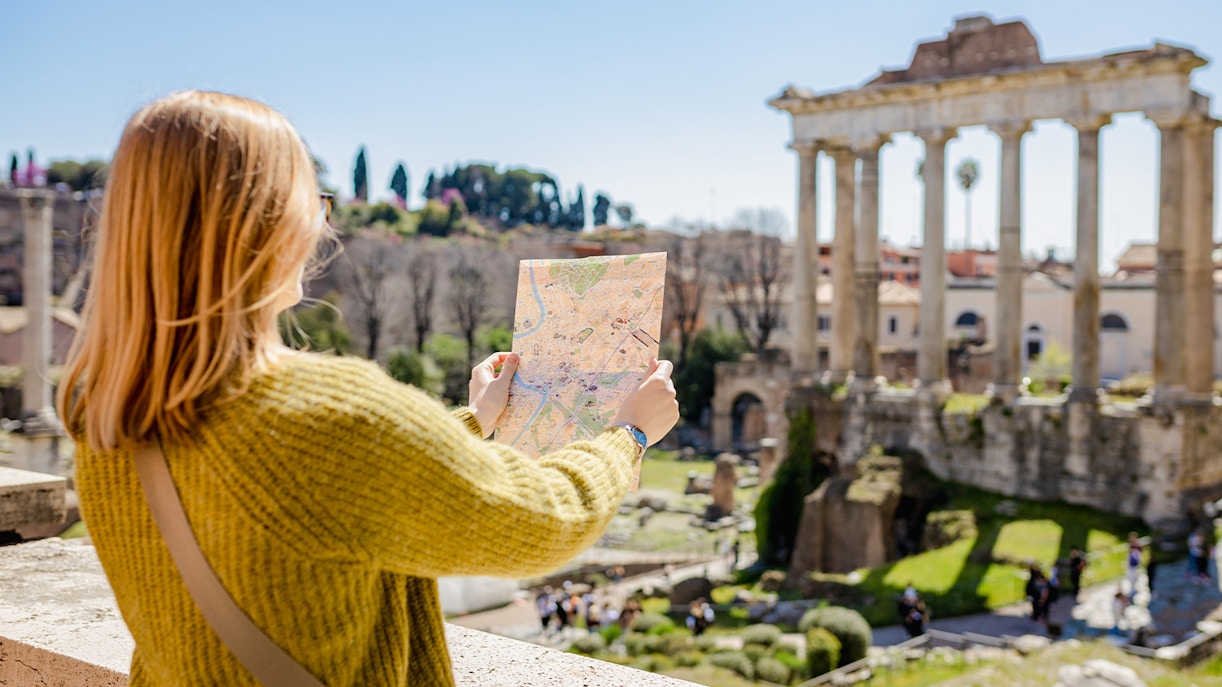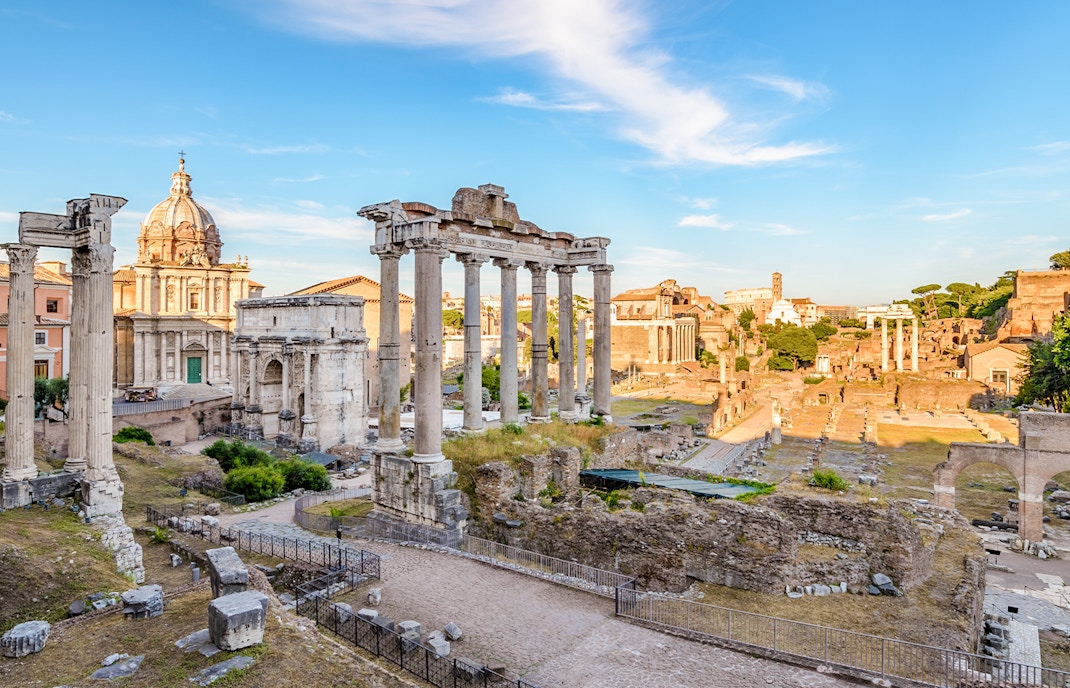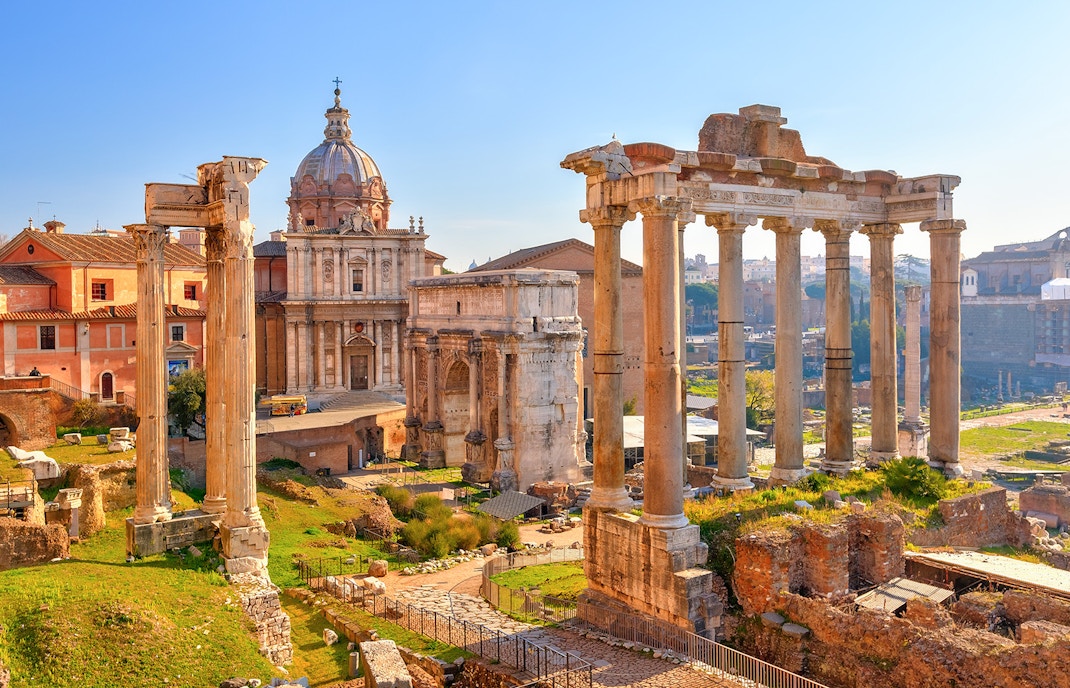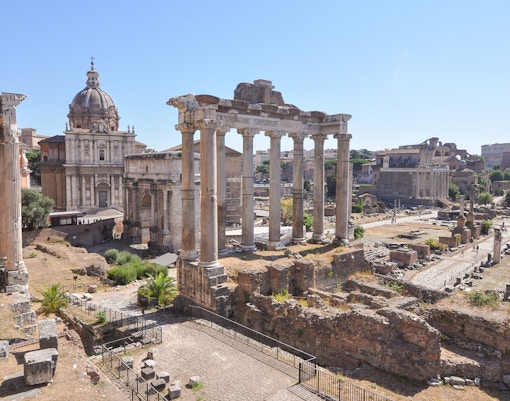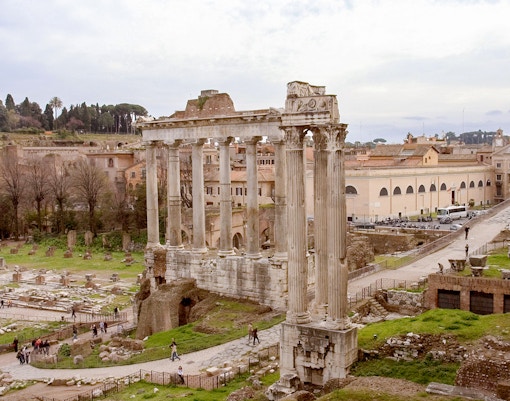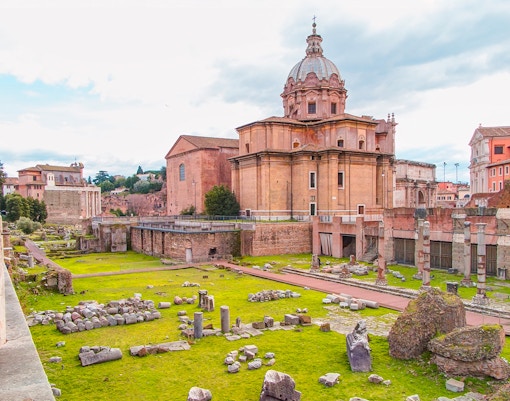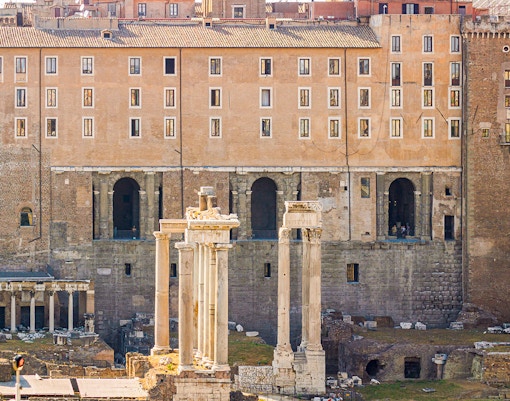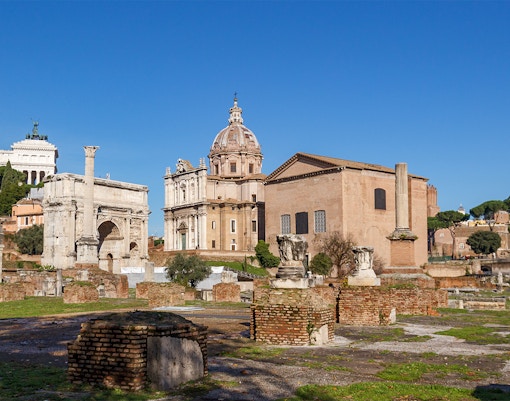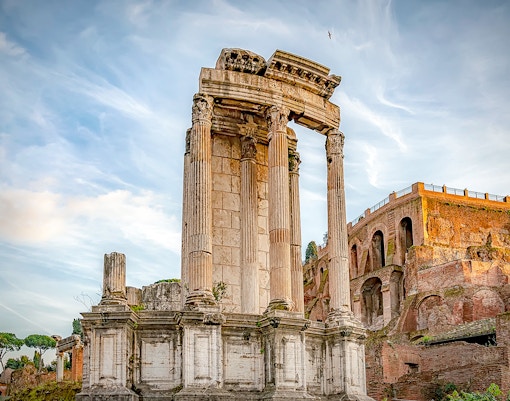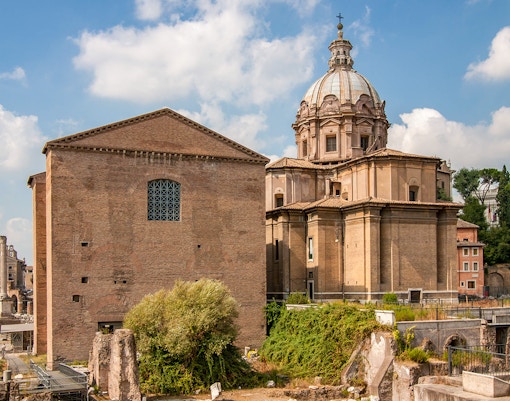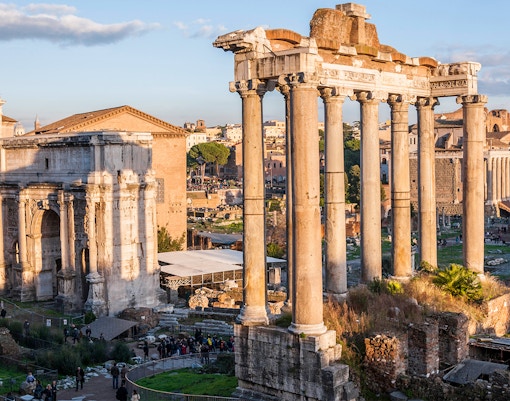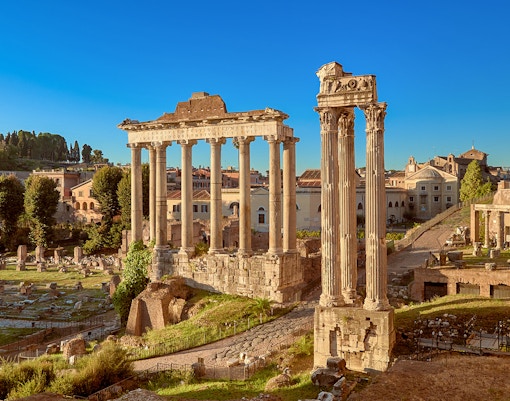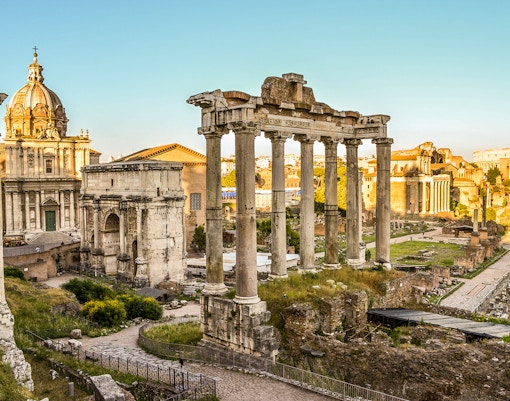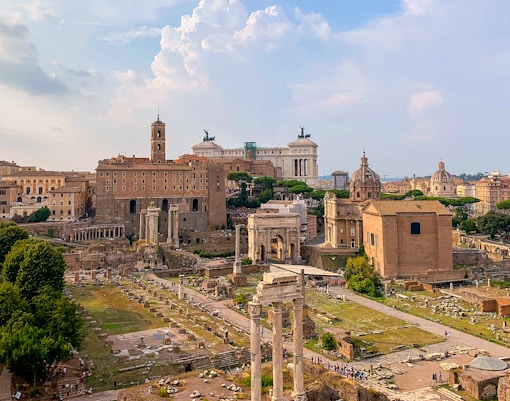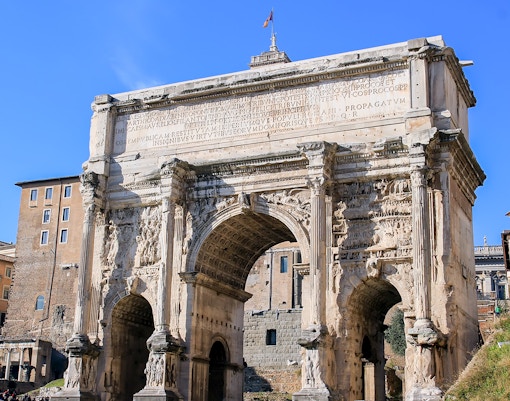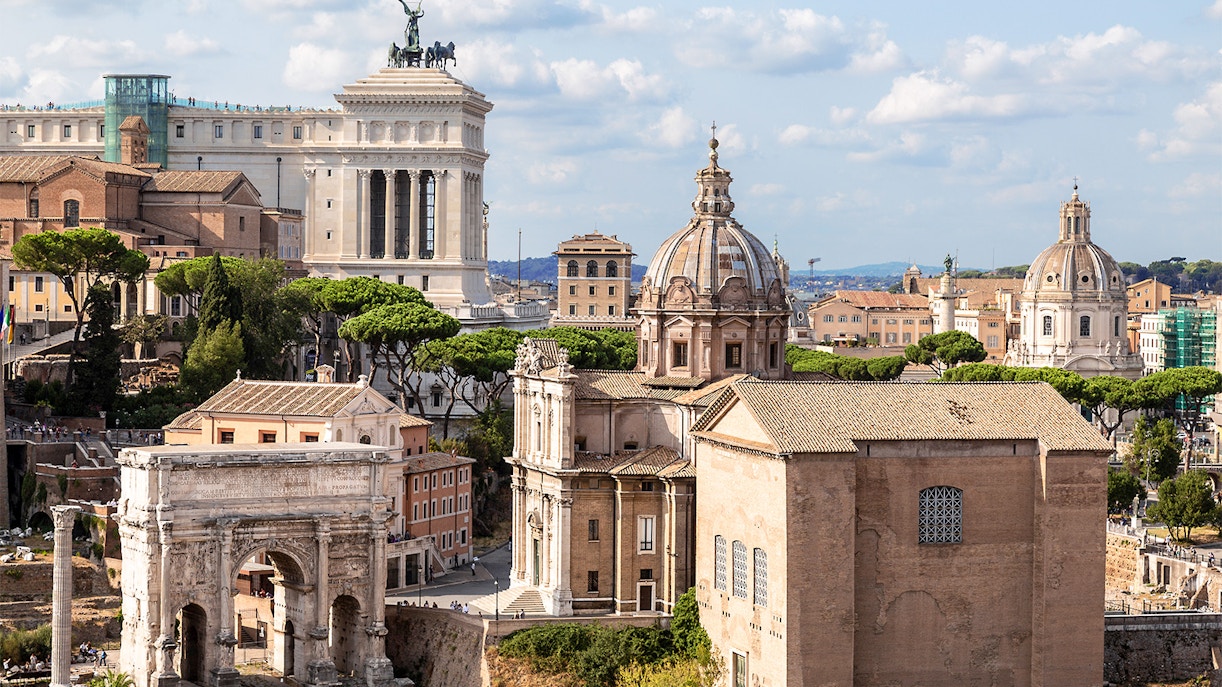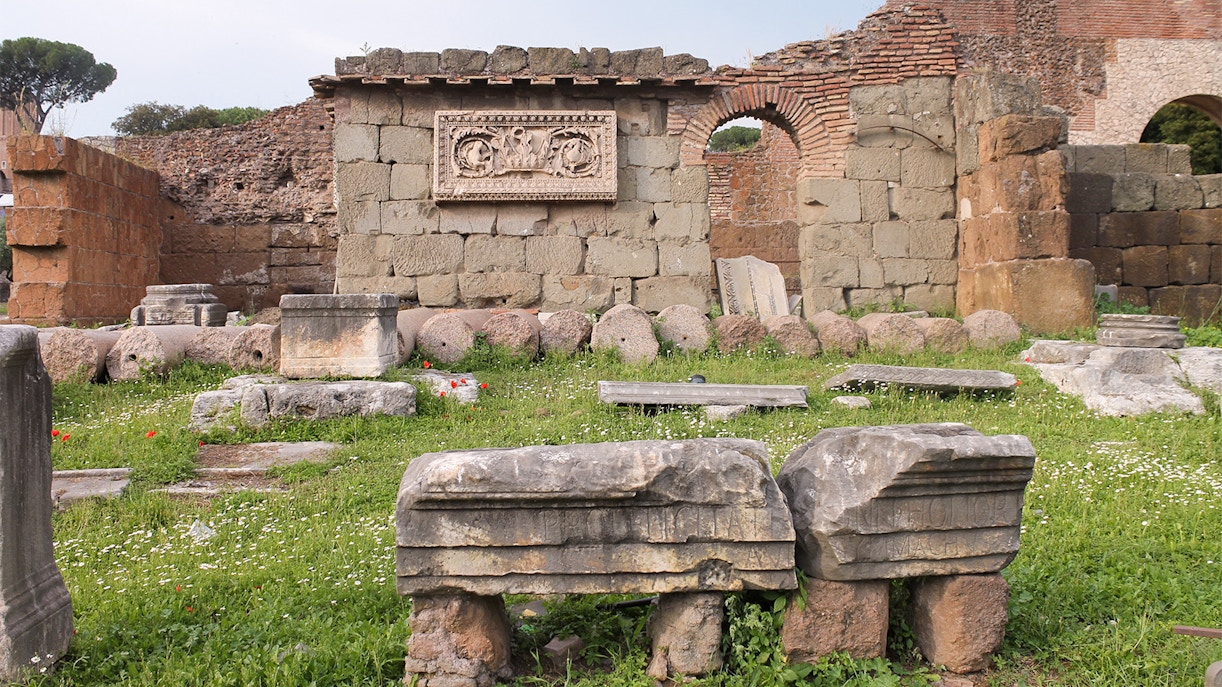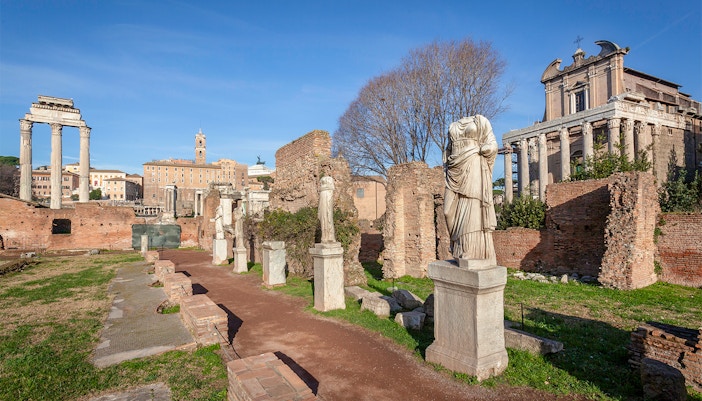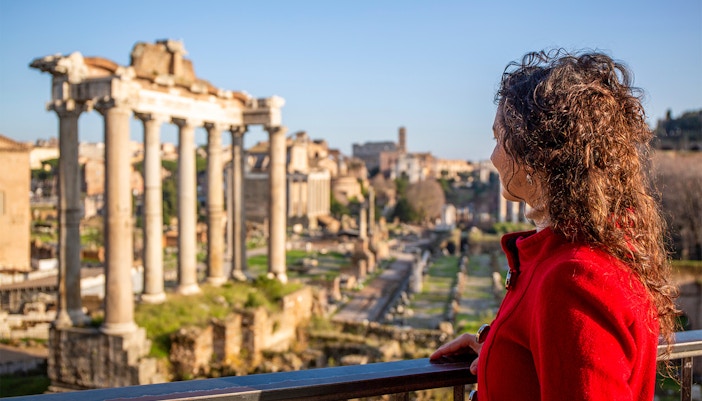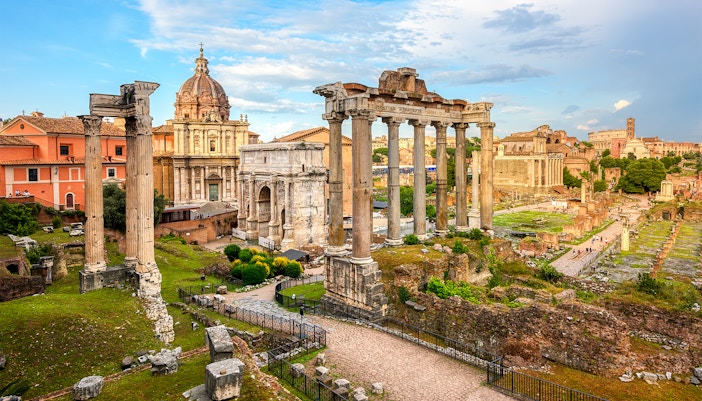History of the Roman Forum in a Nutshell
During the Roman Republic (509-27 BC), it was the site of elections, public speeches, criminal trials, and gladiatorial matches. Under the Roman Empire (27 BC-476 AD), the Forum became more ceremonial and less political. After the fall of the Western Roman Empire in 476 AD, the Forum fell into disrepair. It was used as a quarry for building materials, and many of its structures were destroyed.
Today, the Roman Forum is one of the most popular tourist attractions in the world. Visitors can explore the ruins of temples, basilicas, and other important buildings, and learn about the history of this iconic place.
Read Detailed Roman Forum History
